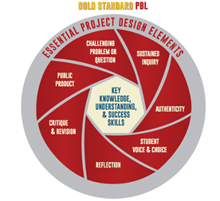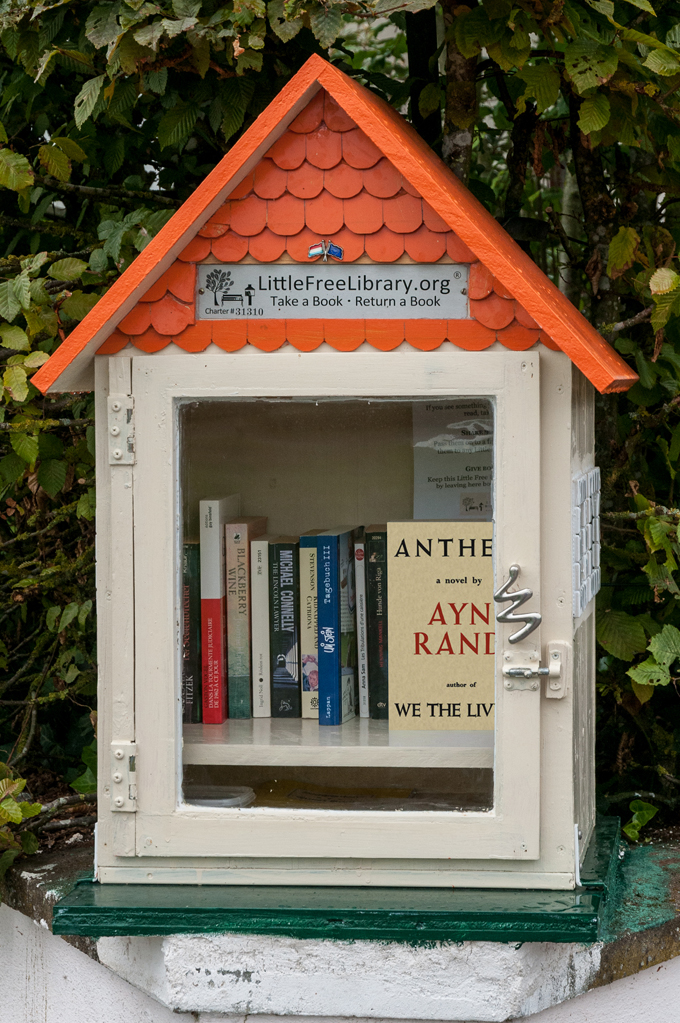
The recent shift in education brings to light a heavier emphasis on college and career readiness at all levels of learning. The critical skills needed to be prepared for an ever-changing college and career future are all wrapped up in project-based learning (PBL).
The basis of PBL is in the design, thinking, exploration, and creation of materials for authentic purposes, learning, and discovery. The process allows students to see transfer opportunities for skills with teacher support and facilitation. But what does the process look like for ELA classrooms at various levels?
PBL for the elementary classroom
 Much of early literacy exposure comes from whole class read-alouds and teacher modeling. Imagine this process as a close read pointing out text features followed by a conversation about how valuable books are and the importance of sharing. This discussion turns into a PBL opportunity where students dig into the purpose and use of Little Free Libraries through newspaper articles and website research where text features are also emphasized.
Much of early literacy exposure comes from whole class read-alouds and teacher modeling. Imagine this process as a close read pointing out text features followed by a conversation about how valuable books are and the importance of sharing. This discussion turns into a PBL opportunity where students dig into the purpose and use of Little Free Libraries through newspaper articles and website research where text features are also emphasized.
Taking this project to the next stages of planning and design based on a specific audience (their community) and following it through all the way to creation. Throughout this process the students have done close reading, looked at nonfiction text, collaborated, written letters asking for donations of materials and books, perhaps even participated in the hands-on creation of the library, and then advertised the opening of the library. Think of the learning possibilities and authentic opportunities to teach literacy skills as well as the application of college and career readiness skills.
PBL for the secondary classroom
 Research papers and informational process pieces are traditional staples in the English language arts classroom. PBL takes all those standards and authenticates them through project-based learning, allowing students to dig deeper into standards-based content that interests them and ignites their curiosity. With PBL, students have opportunities to create in multiple avenues using technology and hands-on creation. Here are a few of my favorite 21st-century PBL tools.
Research papers and informational process pieces are traditional staples in the English language arts classroom. PBL takes all those standards and authenticates them through project-based learning, allowing students to dig deeper into standards-based content that interests them and ignites their curiosity. With PBL, students have opportunities to create in multiple avenues using technology and hands-on creation. Here are a few of my favorite 21st-century PBL tools.
Kasey Smith is a staff developer at Lincoln Intermediate Unit 12 in Pennsylvania, where she specializes in K–12 literacy support as well as curriculum development with technology supports. Prior to staff development, she spent 11 years in the secondary English language arts classroom. Kasey is also an ISTE Certified trainer. Connect with her on Twitter at @kaseysmithpd.
This article is part of a series from the International Literacy Association Technology in Literacy Education Special Interest Group (TILE-SIG).